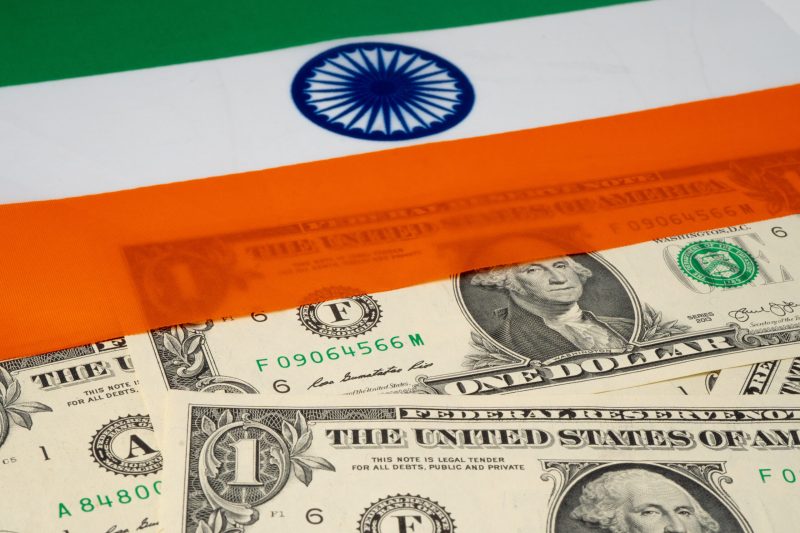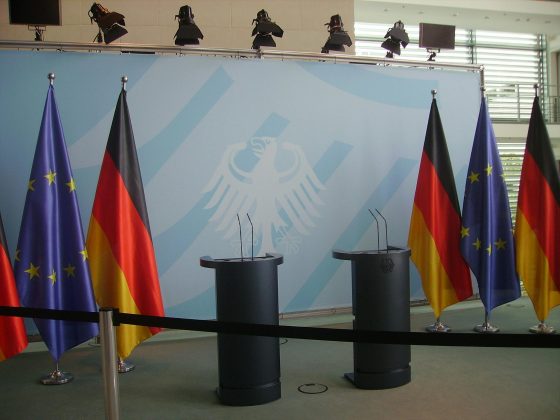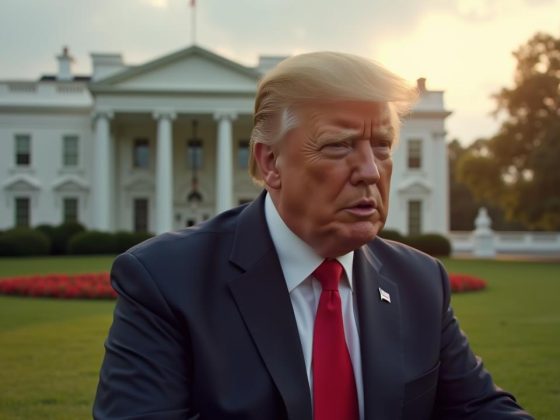India and the US are set to engage in high-stakes trade negotiations as Prime Minister Narendra Modi meets President Donald Trump.
While previous discussions between the two leaders focused on strengthening bilateral ties, this round of talks is being shaped by economic uncertainties, geopolitical tensions, and a shifting global trade landscape.
With both nations seeking leverage in ongoing tariff disputes, the meeting carries significant implications for trade flows, investment, and strategic alliances.
Trump, who has long used tariffs as a bargaining tool, has targeted India’s trade policies, citing a $45.6 billion trade deficit and what he considers excessive barriers to US goods.
Modi, on the other hand, is looking to protect India’s export-driven industries while securing critical technology and defence partnerships.
As trade imbalances and economic nationalism dominate the conversation, both leaders must navigate domestic pressures and global realities to strike a mutually beneficial agreement.
Trump’s tariff strategy
Trump’s trade policies have consistently emphasised reciprocity, with his administration vowing to impose tariffs on countries that maintain high duties on US imports.
India’s average tariff rate of 12%, compared to the US rate of 2.2%, has been a point of contention. Washington has long pushed New Delhi to lower tariffs on key American exports, including agricultural products, medical devices, and energy.
In recent years, India has increased its purchases of liquefied natural gas (LNG), combat vehicles, and jet engines from the US, hoping that such deals would ease trade tensions.
The US remains unconvinced, demanding further concessions on electronics, chemicals, and agricultural products.
Trump’s administration sees these sectors as critical to balancing trade relations, and any failure to make significant progress could result in further escalation of tariffs.
Beyond tariffs, Trump is also expected to press India on immigration policies, particularly concerning skilled workers.
The US has a significant number of Indian professionals working under H-1B visas, a programme Trump has previously sought to reform.
Concerns over unauthorised immigration from India could become a bargaining chip in the broader negotiations.
Modi’s diplomatic manoeuvre
For India, the stakes are high. While economic cooperation with the US is crucial, Modi must also protect key domestic industries from tariff-related disruptions.
With India’s economy recovering from post-pandemic shocks and global supply chain realignments, striking the right balance in trade negotiations is a priority.
Modi’s team is reportedly preparing tariff reduction proposals across a dozen sectors, hoping to mitigate Washington’s pressure while securing favourable terms for Indian exports.
In particular, India is seeking expanded access to the US market for pharmaceuticals, textiles, and IT services—sectors that have historically driven India’s export growth.
Another critical factor in the negotiations is India’s growing defence ties with the US.
New Delhi has increasingly relied on American military technology to modernise its armed forces, with recent deals covering jet engines, drones, and advanced weaponry.
These partnerships align with India’s broader strategy to counter China’s regional influence, a priority shared by Washington.
India’s policy of “strategic ambiguity” has also led to continued engagement with Russia, particularly in energy purchases, complicating its position in global trade and diplomatic alliances.
Geopolitical undercurrents
The India-US trade discussions are unfolding against a complex geopolitical backdrop. China remains a key factor, with both nations viewing Beijing’s economic and military rise as a strategic challenge.
The US sees India as a counterbalance to China in the Indo-Pacific, yet New Delhi remains cautious about becoming overly aligned with Washington’s confrontational approach.
Beyond China, India’s energy ties with Russia have drawn scrutiny from the US, particularly amid Western efforts to isolate Moscow over the Ukraine war.
While India has continued purchasing Russian oil at discounted rates, Washington has pushed New Delhi to reduce its dependence on Moscow.
The upcoming trade talks may provide further insights into how Trump’s administration views India’s role in global diplomacy and whether economic incentives could be used to shift India’s strategic positioning.
The post India-US trade talks: Modi and Trump seek leverage in tariff battle appeared first on Invezz


